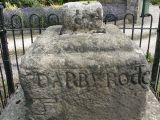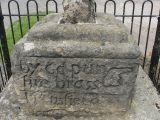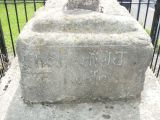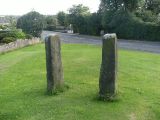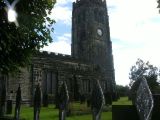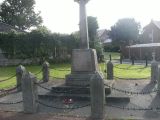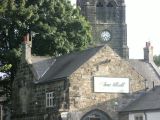History of the Village
North Wingfield (Winnefelt) was mentioned in the Doomsday Book of 1085, and until the beginning of the 20th Century remained a cluster of small farming hamlets. Since the Industrial Revolution and increase in the local coal industry the village now comprises of approximately 3000 homes, with a population of around 6000.
North Wingfield Parish at one time met up with the Parish of South Wingfield somewhere near Higham. It included the present day Parishes of Clay Cross, Pilsley, Tupton, and Stretton.
St Lawrence Church was mentioned in the Doomsday Book, with the surrounding buildings including the Blue Bell dating back to that era.
Historically the centre of the village was around the White Hart Pub and Birtgh Street, this is now a conservation area. Elm Farm (aka The Elms) is a Grade 2 listed house located on Bright Street, North Wingfield. It was built by the Clay family around 1720. Elm Farm had fell into a state of disrepair over the years, but in 2011 works started to bring the building back to its former grandeur. The building had previoulsy been on the 'Buildings at risk' register, due to the works untaken, but it has now been removed from that list. One of it's former owners was a Mr Joseph Bright (hence where the name Bright Street came from).
Please have a look at North Wingfield and District in old picture postcards by North Wingfield Local History Group - GB ISBN 90 288 6064 9 / CIP

